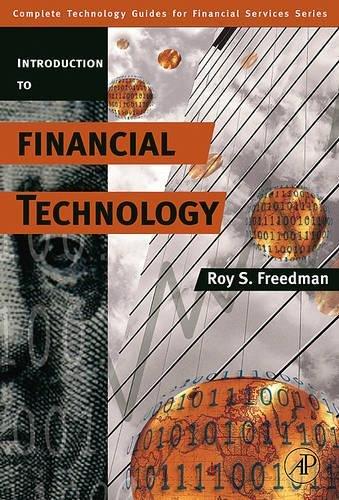Answered step by step
Verified Expert Solution
Question
1 Approved Answer
Use Worksheet 14.1 to help Georgia and Jude Sullivan determine how much they need to retire early in about 20 years. Both have promising careers,
Use Worksheet 14.1
to help Georgia and Jude Sullivan determine how much they need to retire early in about 20 years. Both have promising careers, and both make good money. As a result, they're willing to put aside whatever is necessary to achieve a comfortable lifestyle in retirement. Their current level of household expenditures (excluding savings) is around $84,000 a year, and they expect to spend even more in retirement; they think they'll need about 125% of that amount. (Note: 125% equals a multiplier factor of 1.25). They estimate that their Social Security benefits will amount to $30,000 a year in today's dollars and they'll receive another $33,000 annually from their company pension plans. Georgia and Jude feel that future inflation will amount to about 3% a year, and they think they'll be able to earn about 6% on their investments before retirement and about 4% afterward. See Appendix A
a-Use Worksheet 14.1 to find out how big Sullivans' investment nest egg will have to be. Round your answer to the nearest dollar.
b- How much they'll have to save annually to accumulate the needed amount within the next 20 years. Round your answer to the nearest dollar.
e$

Step by Step Solution
There are 3 Steps involved in it
Step: 1

Get Instant Access to Expert-Tailored Solutions
See step-by-step solutions with expert insights and AI powered tools for academic success
Step: 2

Step: 3

Ace Your Homework with AI
Get the answers you need in no time with our AI-driven, step-by-step assistance
Get Started


